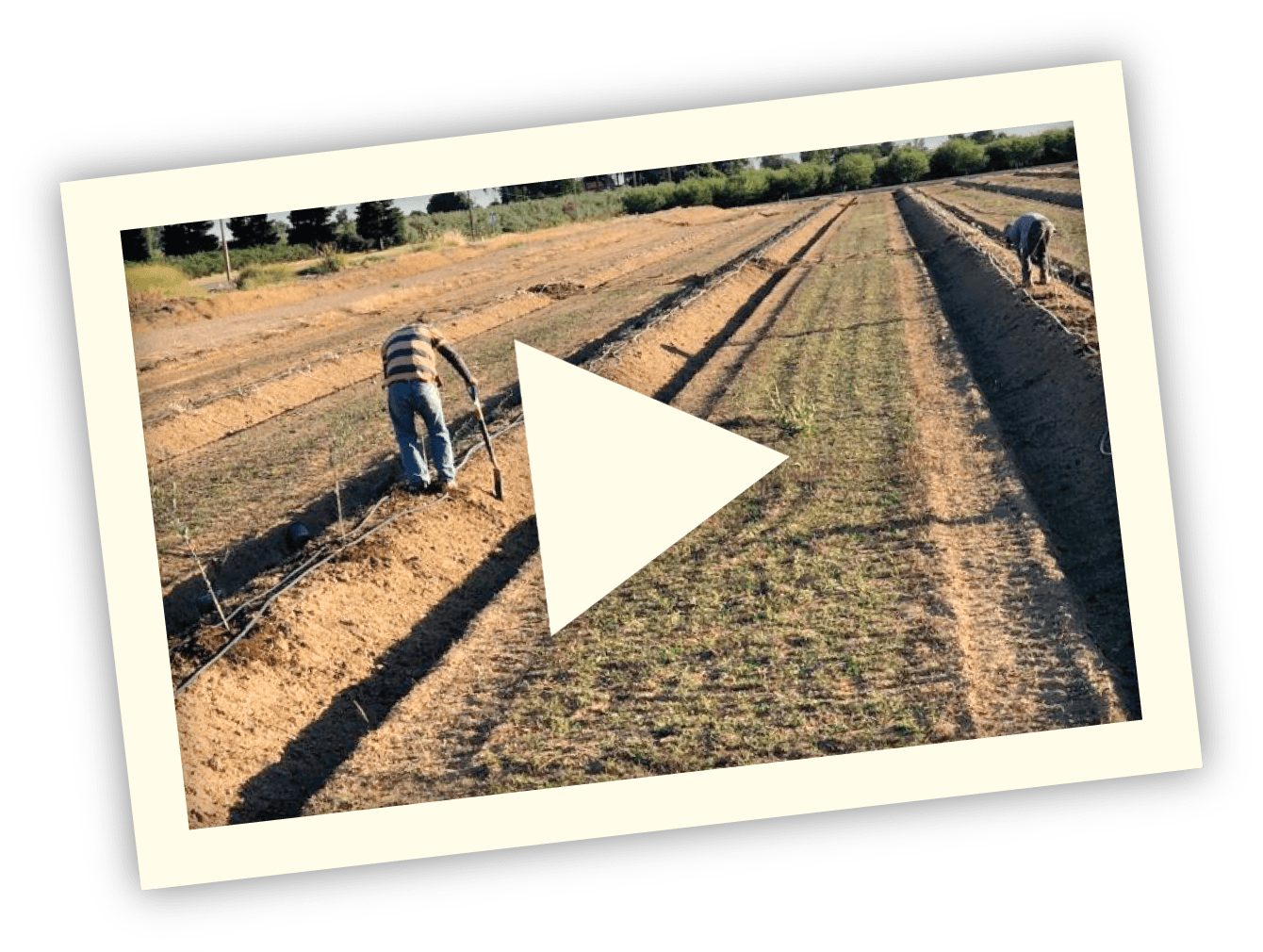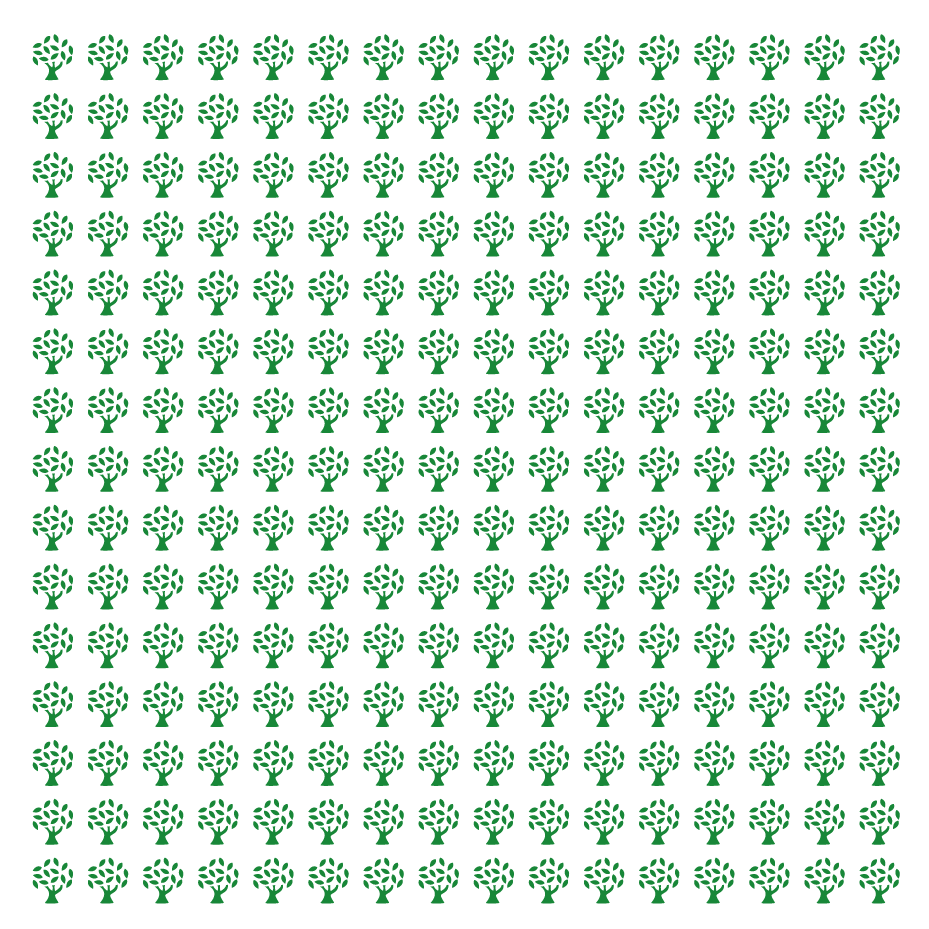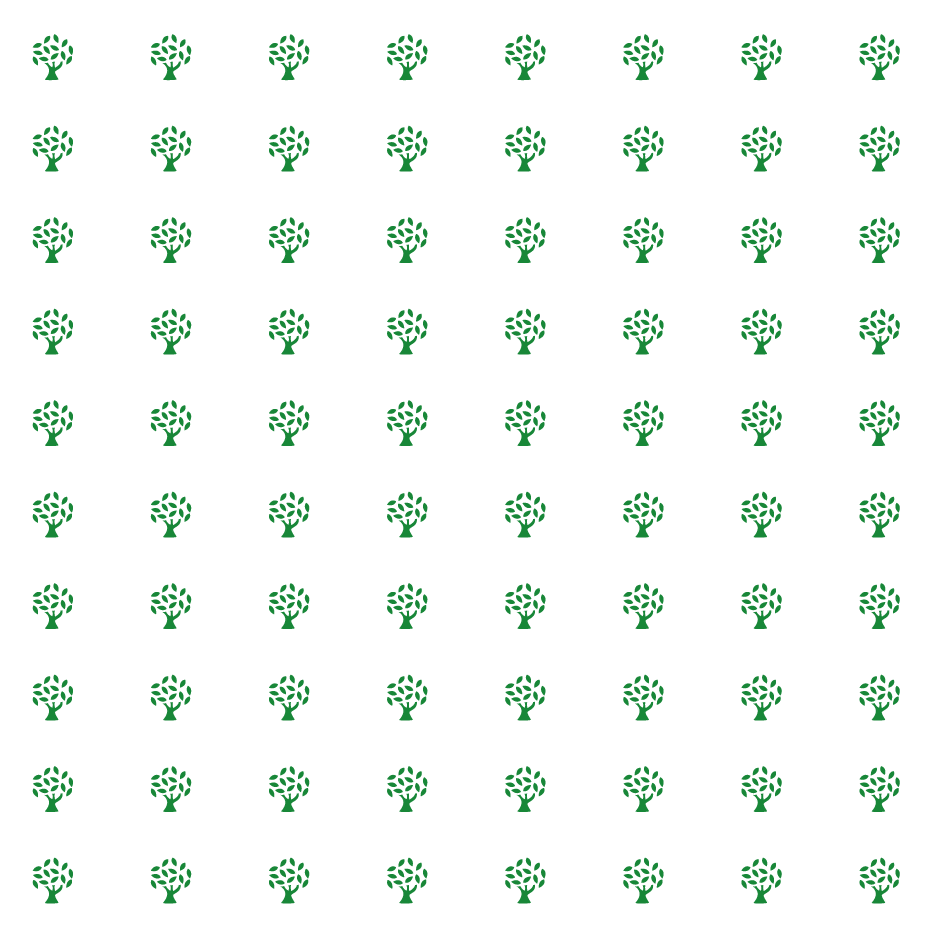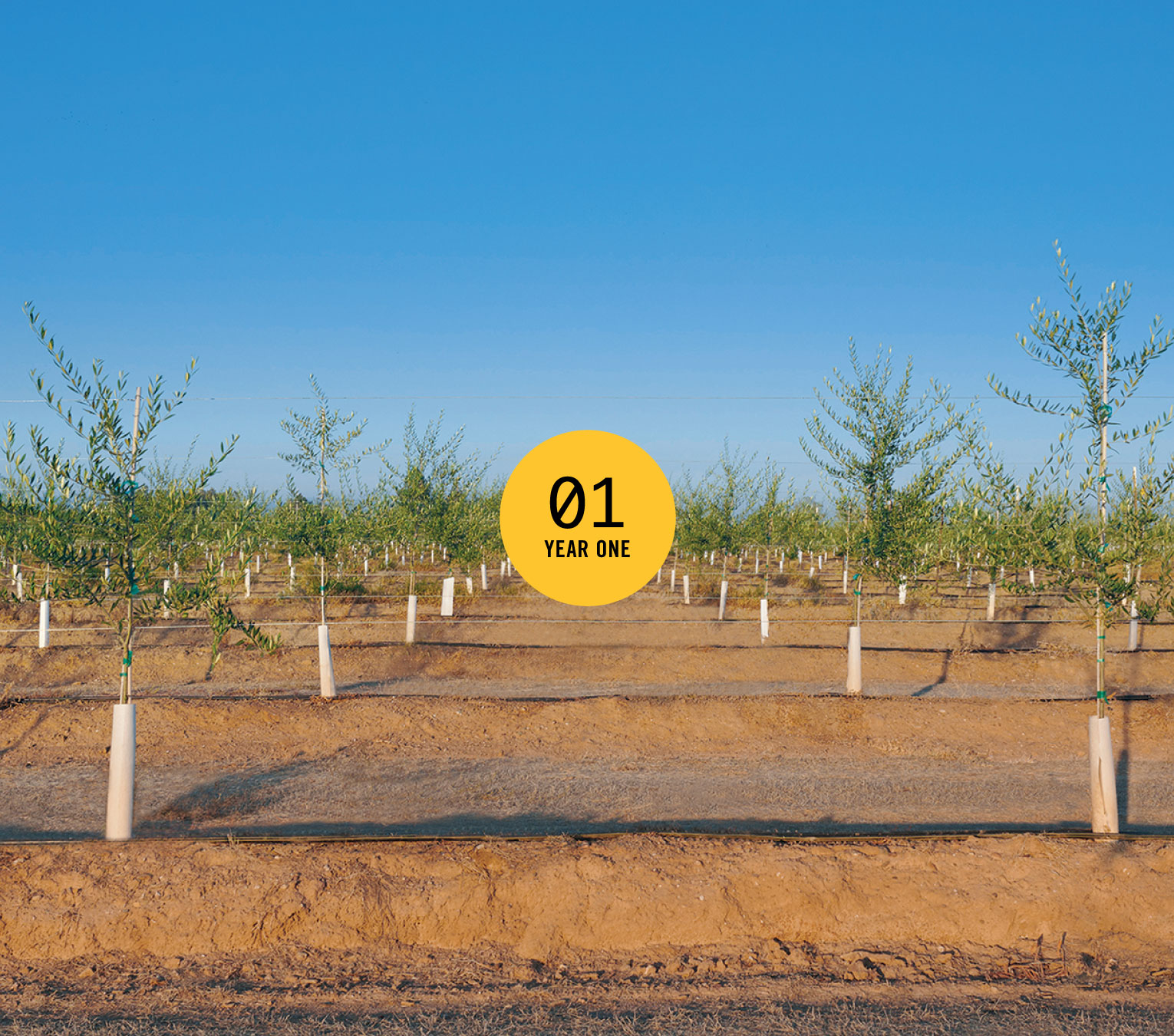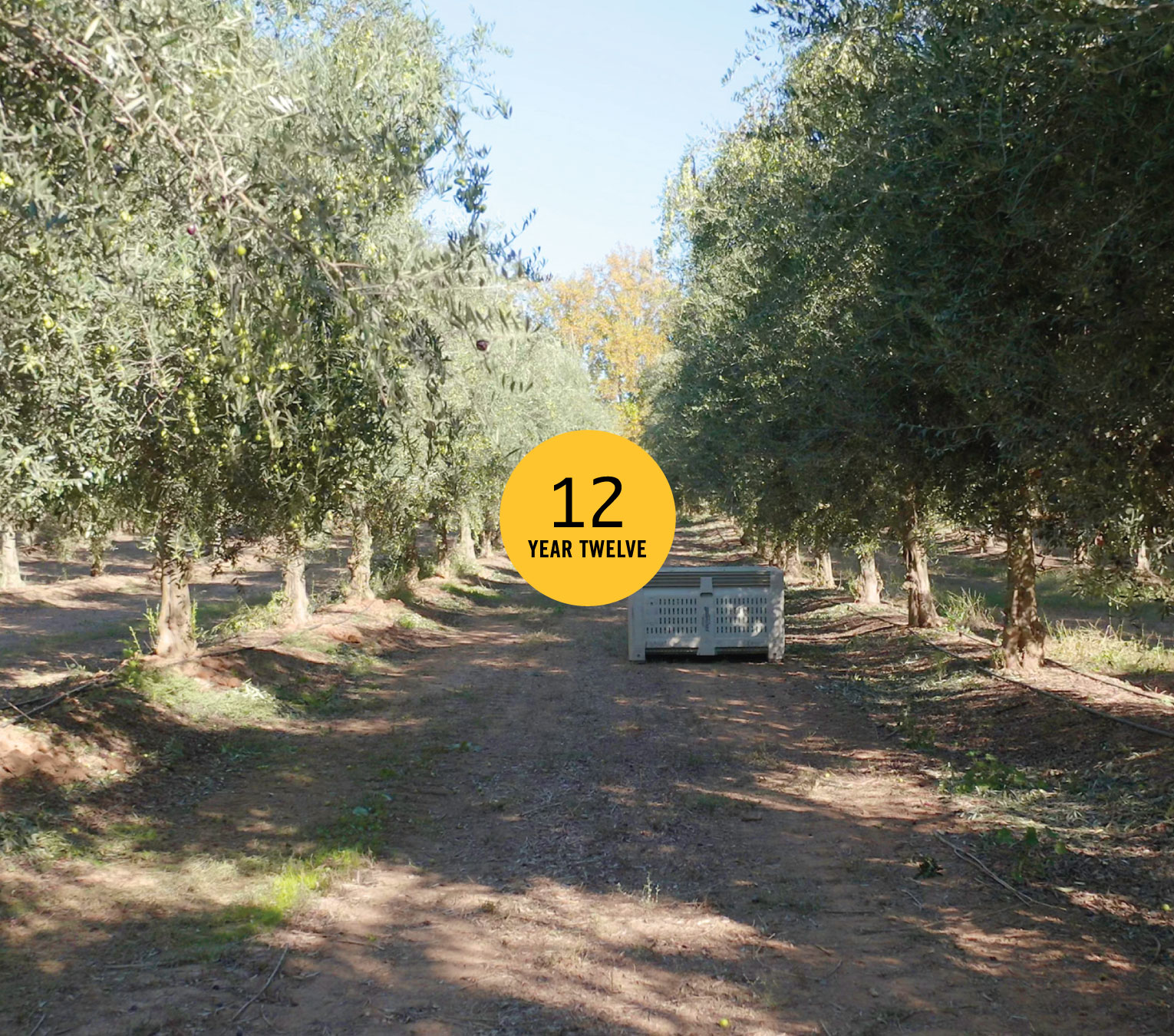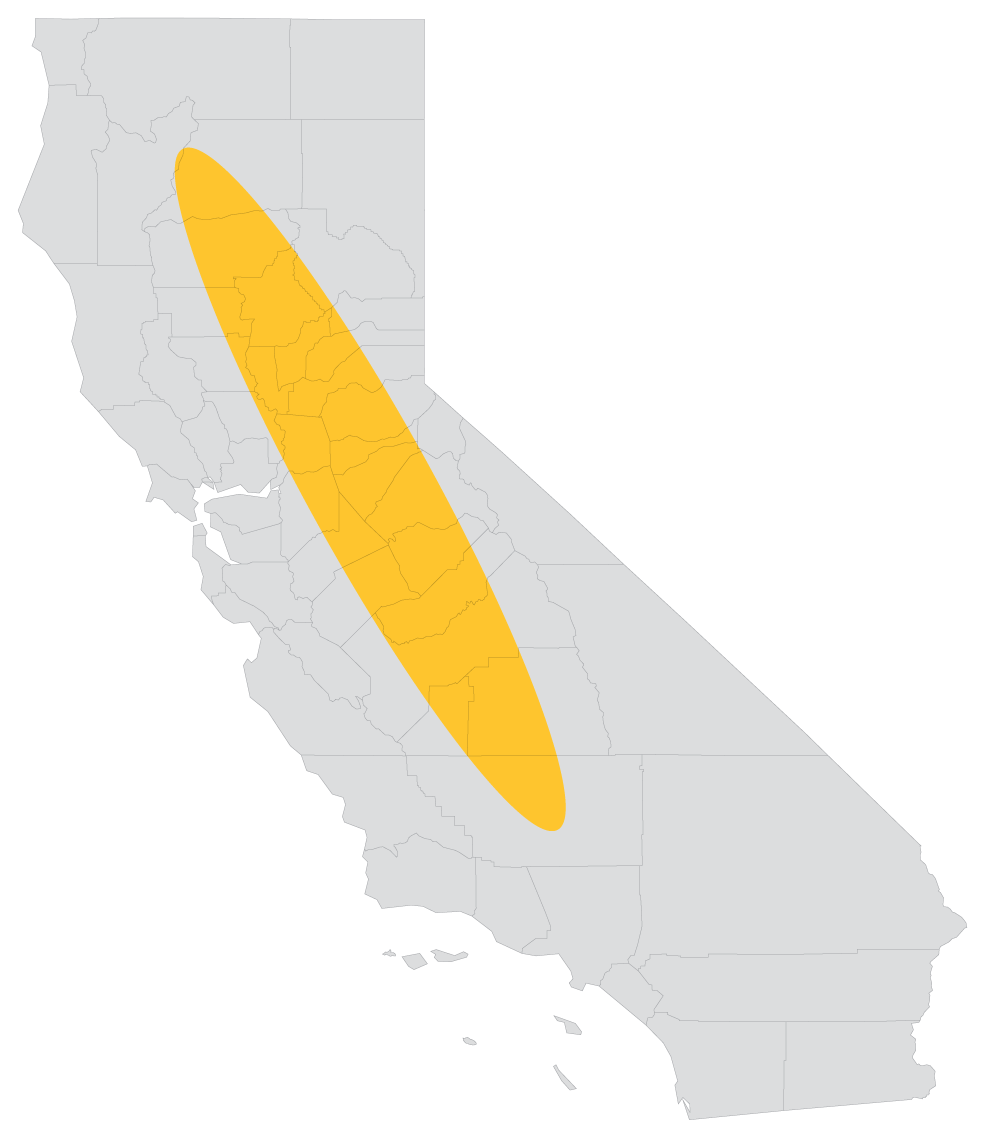Land Application
- Trees live much longer than other crops–literally hundreds of years–with maximum productivity between 5-50+ years old
- Harvest is later than other crops
- Olives do well in marginal soil; plenty of vacant land exists that would be ideal for olive orchard cultivation
- Modern acreage plantings are much higher profit for growers because they are denser and higher yield: 200-250 trees per acre vs. traditional 80)
